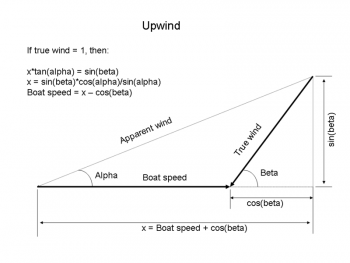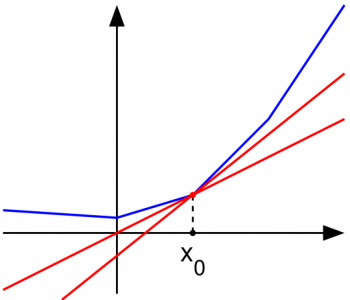Physics, because it is a quantitative science, requires several measurements taken during experiments. Measurements are the assignment of numbers to objects or events. It is a cornerstone of most natural sciences, technology, economics, and quantitative research in other social sciences. It is important to be versed on the different units and recorded measurement techniques to ensure the answers are being recorded correctly.
Any measurement can be judged by the following meta-measurement criteria values, level of measurement, dimensions and uncertainty. These enable comparisons to be done between different measurements and reduce confusion. Increased precision through quantitative measurements is often preferred in cases of clear qualitative similarities of differences in order to aid in replication.
Measurements must be carried out with computational operations using the same units and conversion factors. It is also important to be aware of scalar and vector operations in detailed calculations. It is easy to be off by a multiplication factor in a mathematically heavy calculation which requires a detailed understanding in conversations and units.
© BrainMass Inc. brainmass.com June 30, 2024, 9:22 am ad1c9bdddf



